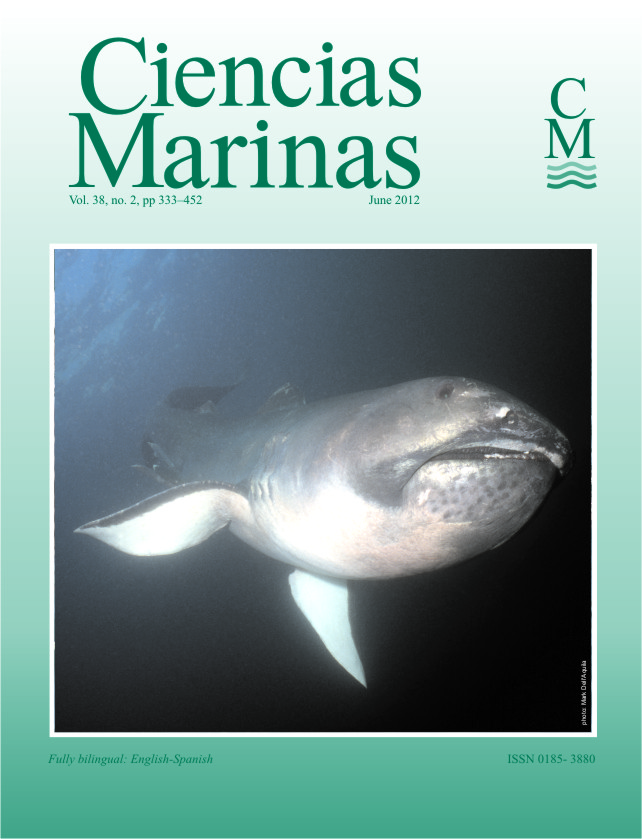First archaeal rDNA sequences from Argentine coastal waters: Unexpected PCR characterization using eukaryotic primers
Main Article Content
Abstract
Many members of Archaea, a group of prokaryotes recognized three decades ago, colonize extreme environments; however, new research has shown that Archaeans are also abundant components of plankton in the open sea, where they play a key role in the biogeochemical cycles. Although the widespread distribution of Archaea in the marine environment is well documented there are no reports on the detection of Archaea in the Southwest Atlantic Ocean. During the search for picophytoplankton sequences using eukaryotic universal primers, we retrieved archaeal rDNA sequences from surface samples collected during the spring at a fixed monitoring station (EPEA) in the Argentine Sea. From environmental DNA and using PCR methodology, two DNA fragments of about 1700 and 1450 bp were visualized after electrophoresis in agarose gels, and separately purified, cloned, and sequenced. BLAST analysis showed that sequences of the highest size corresponded to eukaryotic organisms and, unexpectedly, those of about 1460 bp corresponded to archaeal organisms. Phylogenetic analysis showed that archaeal sequences belong to Euryarchaeota of marine group II, characterized as a methanogenic lineage. This is the first report on the presence of group II Euryarchaeota sequences in environmental water samples of the Argentine Sea. The fact that Archaea sequences were amplified with primers non-specific for this group may suggest an unexpected abundance of these organisms in the early spring in the Argentine Sea.
Downloads
Article Details
This is an open access article distributed under a Creative Commons Attribution 4.0 License, which allows you to share and adapt the work, as long as you give appropriate credit to the original author(s) and the source, provide a link to the Creative Commons license, and indicate if changes were made. Figures, tables and other elements in the article are included in the article’s CC BY 4.0 license, unless otherwise indicated. The journal title is protected by copyrights and not subject to this license. Full license deed can be viewed here.

